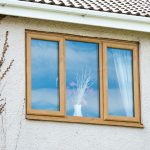Call us on 01443 423 423
Windows and doors are among the most frequently used parts of any home, yet they’re often neglected until something goes wrong, particularly with window locks. A handle might become loose, a hinge may start to drop, or a lock might refuse to turn smoothly. When this happens, many people assume full replacement is necessary — but in most cases, the solution is far simpler.
The key is knowing the difference between a problem that can be repaired and one that truly requires replacement.
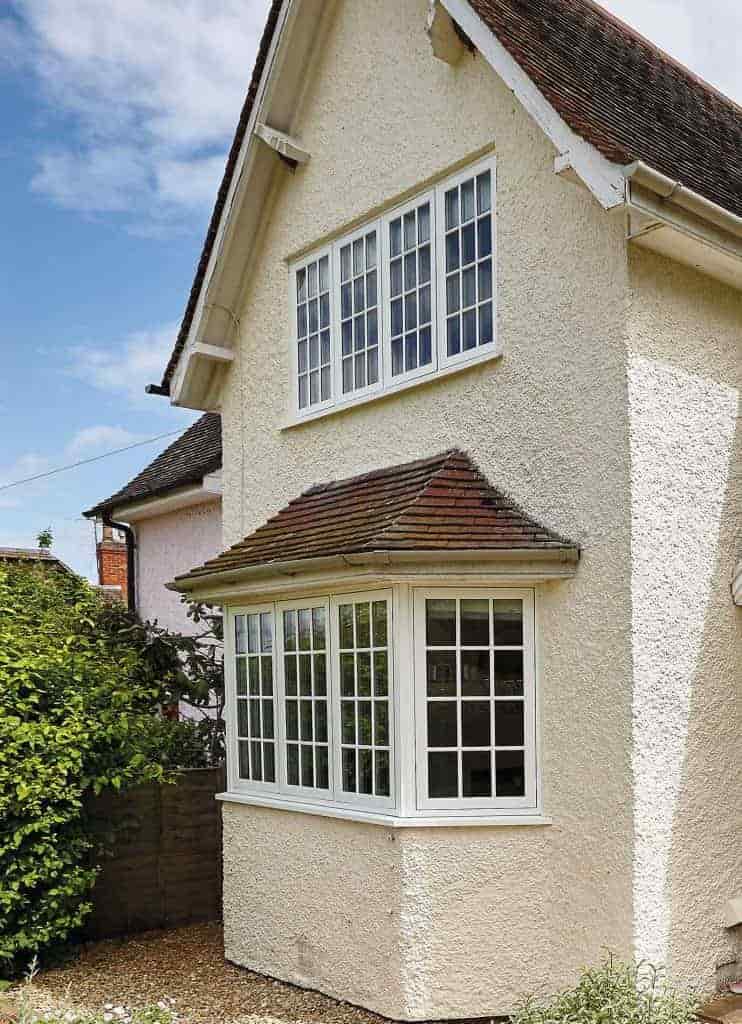
When should windows and doors be replaced?
All windows and doors have a lifespan, affected by age, material, and maintenance. Over time, exposure to moisture, temperature changes, and constant use can weaken components. Window and door hardware repairs or replacement, including various types of door handles, should be considered when:
- The frame is damaged or decayed. Rotting timber, cracked uPVC, or corroded aluminium can’t always be repaired effectively.
- Condensation forms between glazing panes. This indicates seal failure and loss of insulation.
- Draughts and leaks persist. Worn weather seals or warped frames make it difficult to maintain comfort.
- Security is compromised. Old or defective locks no longer provide adequate protection.
- Repairs become frequent. If the same issues reappear, the structure may be past its useful life.
Replacing outdated windows or doors can significantly improve insulation, soundproofing, and energy efficiency — but it should be a last resort once repair options have been explored.
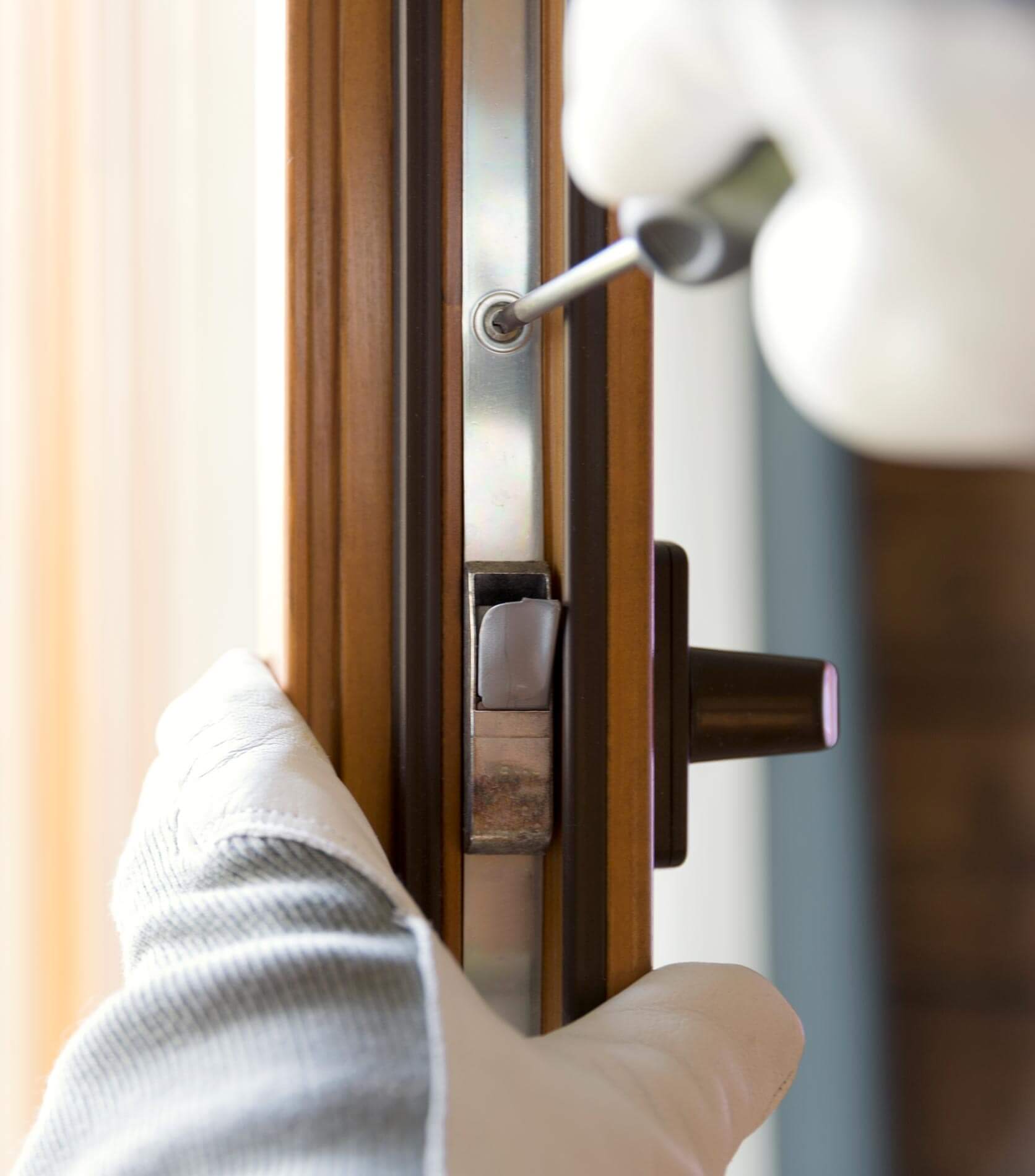
Should I replace or repair my uPVC or aluminium windows?
The decision depends on what’s actually wrong. Start by examining the frame: if your uPVC or aluminium window frame is solid, undamaged, and square in the opening, a repair is usually all that’s needed. In many cases, only the hardware — such as handles, hinges, letterboxes, or door locks and locks — has failed. These are mechanical parts designed for regular use, and replacing them can restore full functionality quickly and affordably.
However, if problems such as condensation, draughts, or leaks persist even after the hardware on your uPVC window handle or aluminium windows has been replaced, the issue likely lies deeper within the glazing or frame. That’s when full replacement becomes the more sustainable choice.
In short, repair when the fault is mechanical or cosmetic; replace when performance, structure, or safety is compromised due to general wear. A professional inspection helps confirm which approach offers the best long-term outcome for your uPVC or aluminium windows.
How do I know when it’s time to replace my windows?
There’s no fixed timeline for replacement — materials, weather exposure, and maintenance all play a role, but having the right tools, such as a screwdriver, is essential in any open position. However, several clear signs suggest that windows have reached the end of their life cycle:
- Constant draughts, even when closed. Indicates warped frames or failed seals.
- Condensation inside double glazing. The gas-filled cavity has failed, reducing efficiency.
- Difficulty opening or closing. Distorted frames or old hinges are often to blame.
- Rising energy bills. Poor thermal performance means your heating system works harder.
- Persistent external noise. Old glazing often lacks proper sound insulation.
If multiple windows in your home show these symptoms, upgrading to a modern, energy-efficient system will likely be more cost-effective in the long run.
How do I know if I need to change my windows?
There’s a difference between wear and failure. Minor stiffness or loose handles are part of normal fitting and can be repaired. But visible deterioration — like cracks in the frame, water ingress, or condensation between panes — signals that the unit itself is failing.
To check whether replacement is necessary:
- Look closely at the seals for gaps or perishing rubber.
- Open and close the window; if it grinds or catches, the hinge or the new handle alignment may need attention.
- Feel for draughts along the edges.
- Examine locking points; they should engage smoothly without force.
If these issues persist after servicing or simple repairs, replacement may be the only reliable fix.
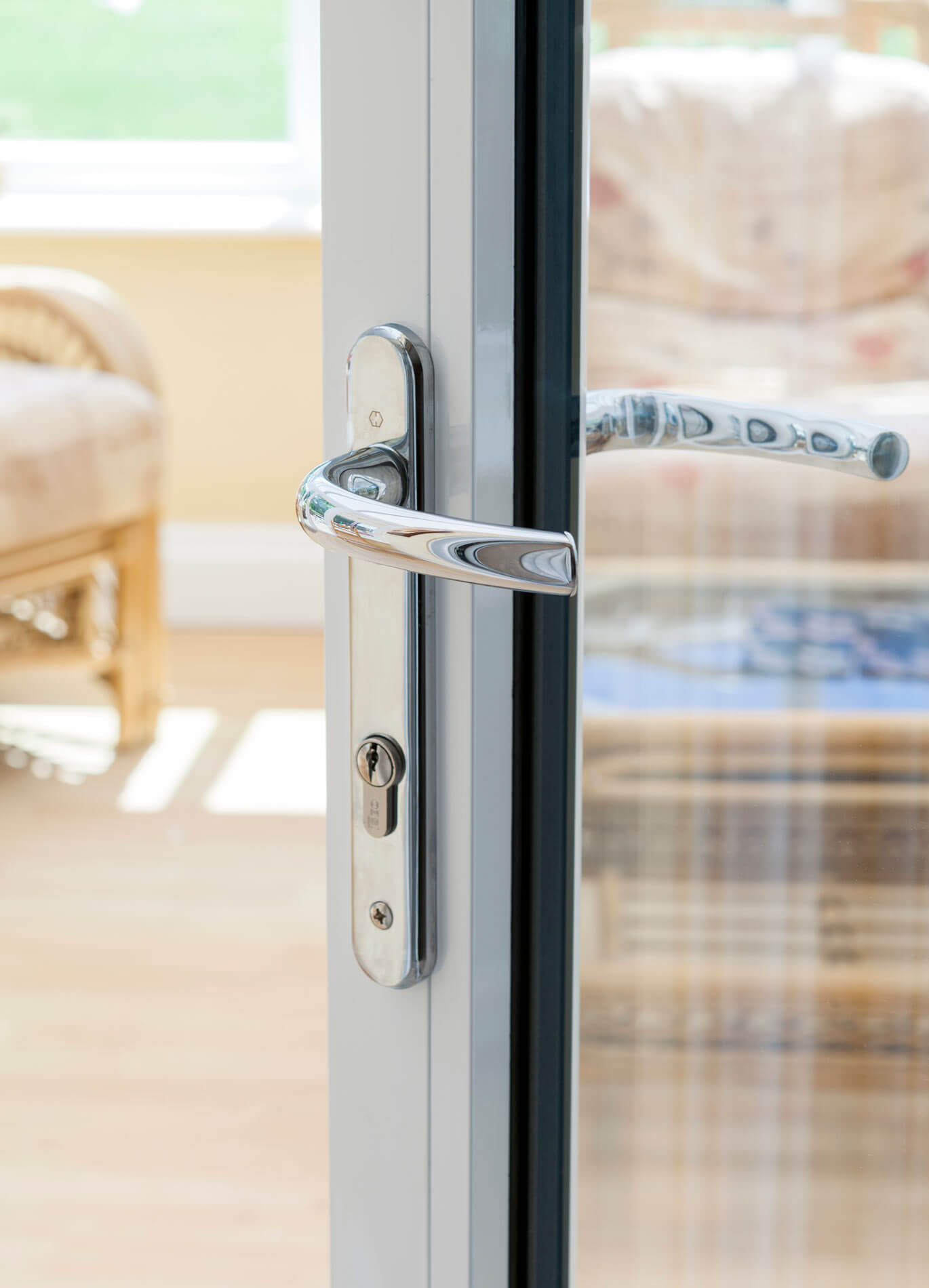
Why minor hardware faults shouldn’t be ignored
Windows’ or doors hardware faults often start small. A squeaky hinge, a loose screw, or a slightly stiff handle might seem harmless — but these symptoms usually point to a number of reasons related to wear that can worsen over time. Ignoring them can lead to a significant role in further complications.
- Misalignment that prevents proper sealing
- Strain on hinges or locking systems
- Increased energy loss through draughts
- Leaks and potential frame damage
Regular maintenance prevents many of these problems. Cleaning debris from tracks, lubricating metal parts, and tightening fixings each year can add years to a window’s lifespan.
Repairing hardware: the practical alternative
Window and doors hardware repairs are often straightforward and affordable, especially with our years of experience. They restore the performance of your windows and doors without the disruption or expense of full replacement.
Typical examples include:
- Repairing locking mechanisms and multipoint locks, as well as other door parts
- Adjusting hinges to correct sagging or binding
- Repairing locking mechanisms and multipoint locks
- Installing new barrels, cylinders, and letterboxes
- Renewing seals or gaskets to eliminate draughts and leaks
These small interventions can make a big difference to comfort, security, and usability. A professional technician can usually complete most repairs in one visit.
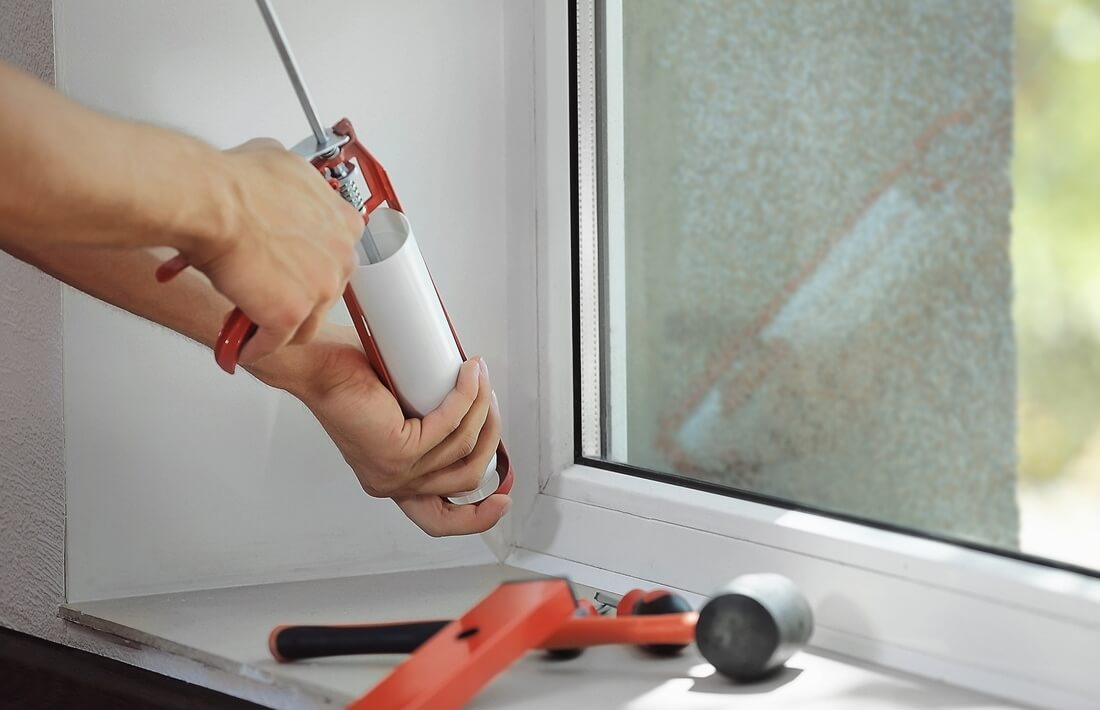
The long-term view
Choosing between window and door hardware repairs and replacement, including UPVC doors, is about balancing cost, practicality, and longevity. A well-executed repair can extend the life of your windows and doors by many years, especially when addressed by our team of specialist experts. But if the underlying materials are deteriorating or energy performance is poor, replacement becomes the wiser investment.
Taking early action — whether that’s tightening a hinge or replacing a faulty lock — helps avoid larger, costlier problems later on.
Areas covered and what Futureglaze repairs
Futureglaze Windows, based in South Wales, provides expert window and door hardware repairs across:
- Cardiff
- Bridgend
- Swansea
- Rhondda Cynon Taf
- Barry and the Vale of Glamorgan
- Port Talbot
- Merthyr Tydfil
- Llantrisant and surrounding areas
Our trained technicians repair and replace:
- Window and door handles, hinges, and locking mechanisms
- Faulty barrels, cylinders, and multipoint locks
- Worn letterboxes, seals, and weather gaskets
- Misaligned or stiff uPVC, aluminium, and composite systems
-
Window mechanism repair for stuck, jammed, or failing openings
Repairs use durable, compatible components and are carried out with minimal disruption. The goal is to restore function, safety, and performance while extending the lifespan of your existing installations.
Final thoughts
Understanding when to repair windows and doors, and when to replace is essential for maintaining a comfortable and efficient home in the UK. Most faults start small and can be resolved through simple hardware repairs if addressed promptly. Replacement should only be considered when the structure, glazing, or efficiency of your windows and doors is beyond repair.
For homeowners and commercial properties across South Wales, professional windows and doors hardware repair services like those provided by Futureglaze offer a practical, cost-effective way to keep homes secure, warm, and working properly for years to come., including trusted brands like Yale.

